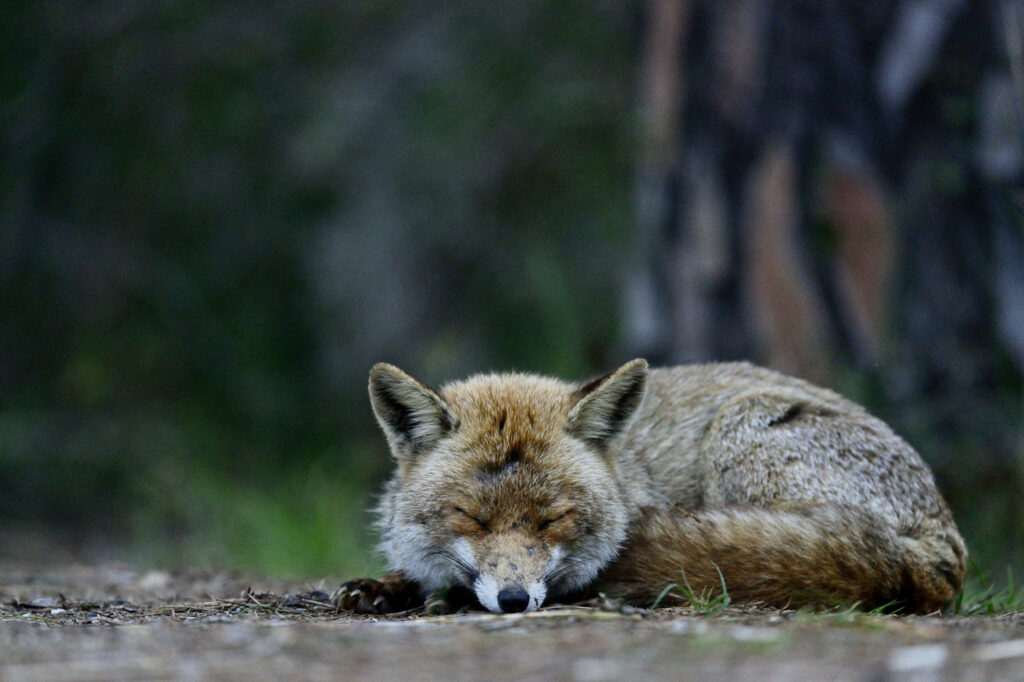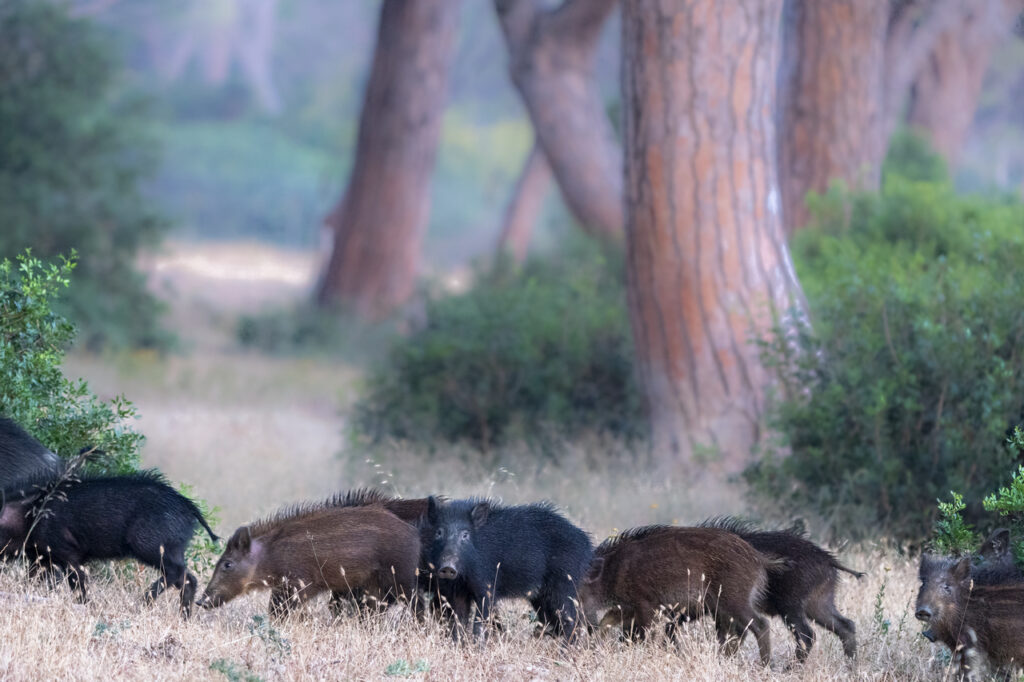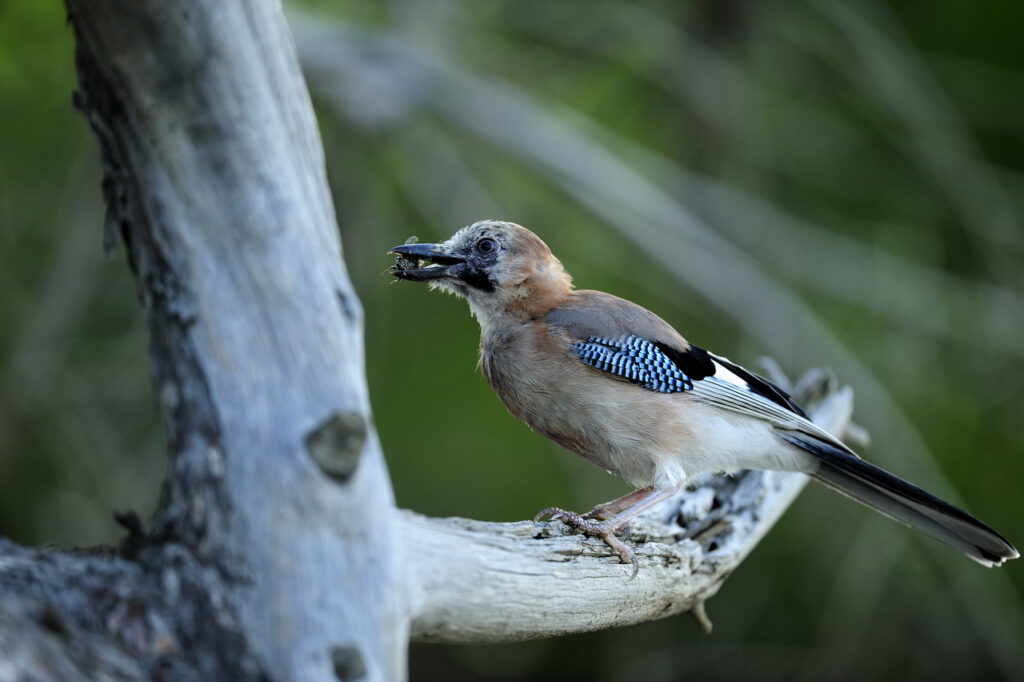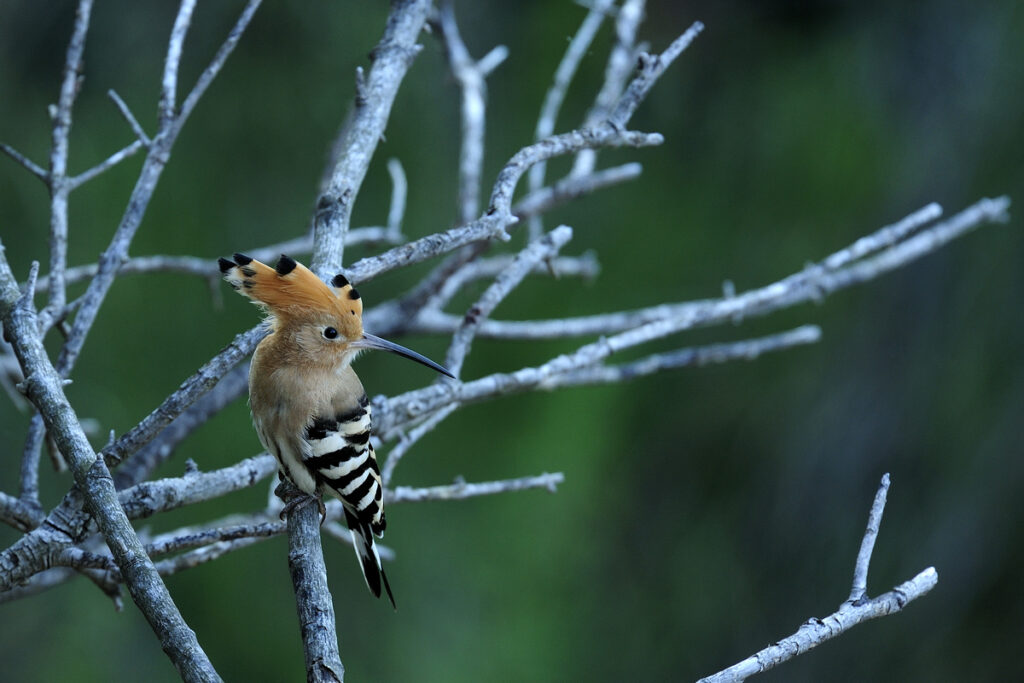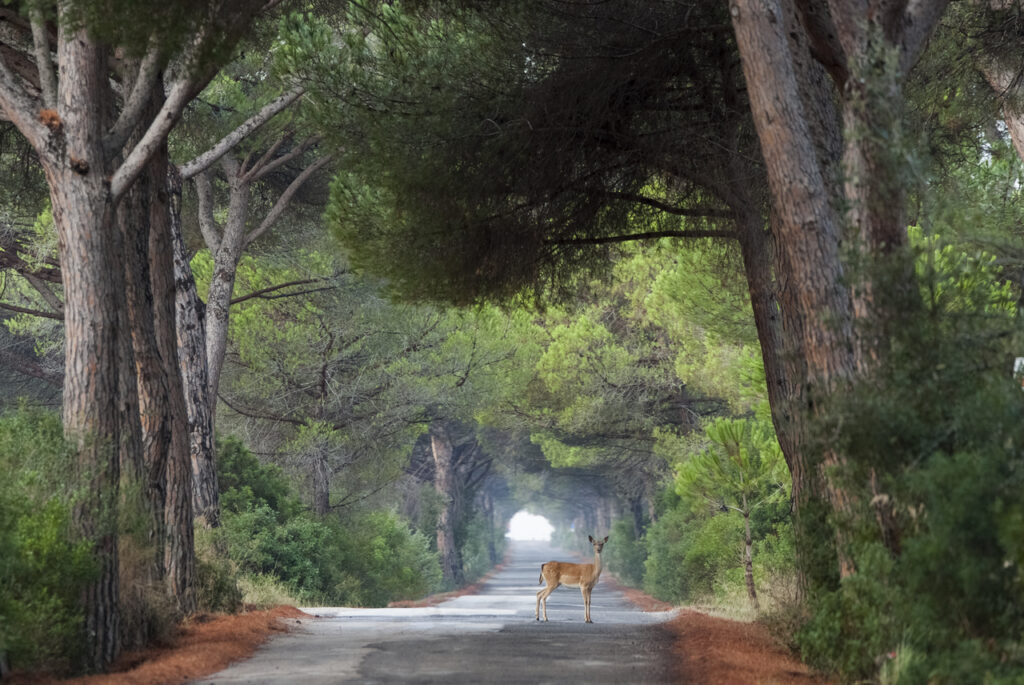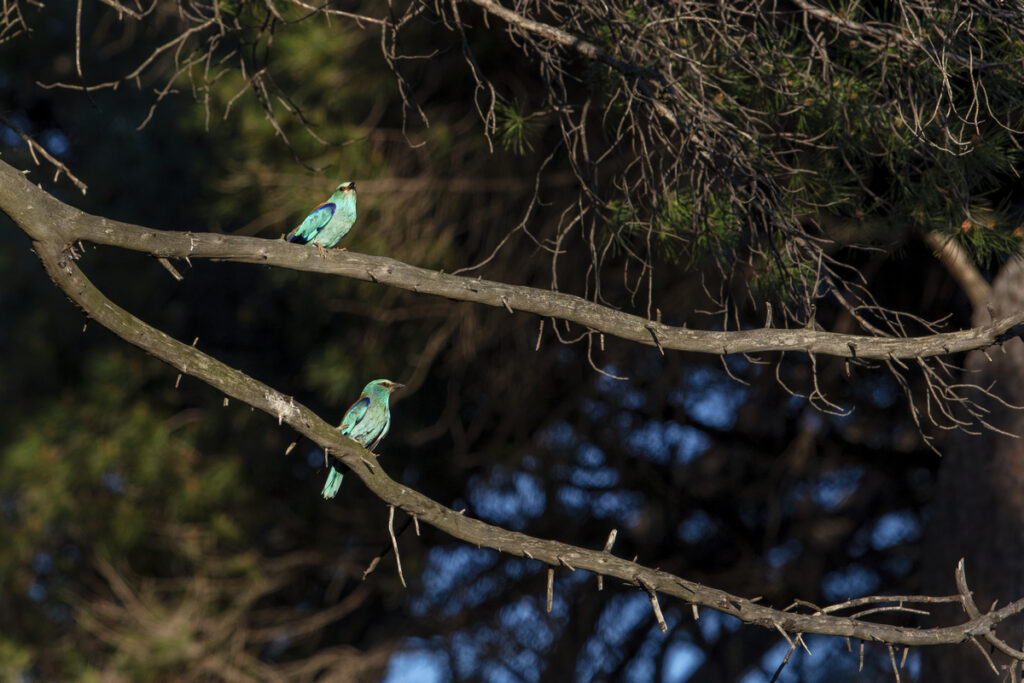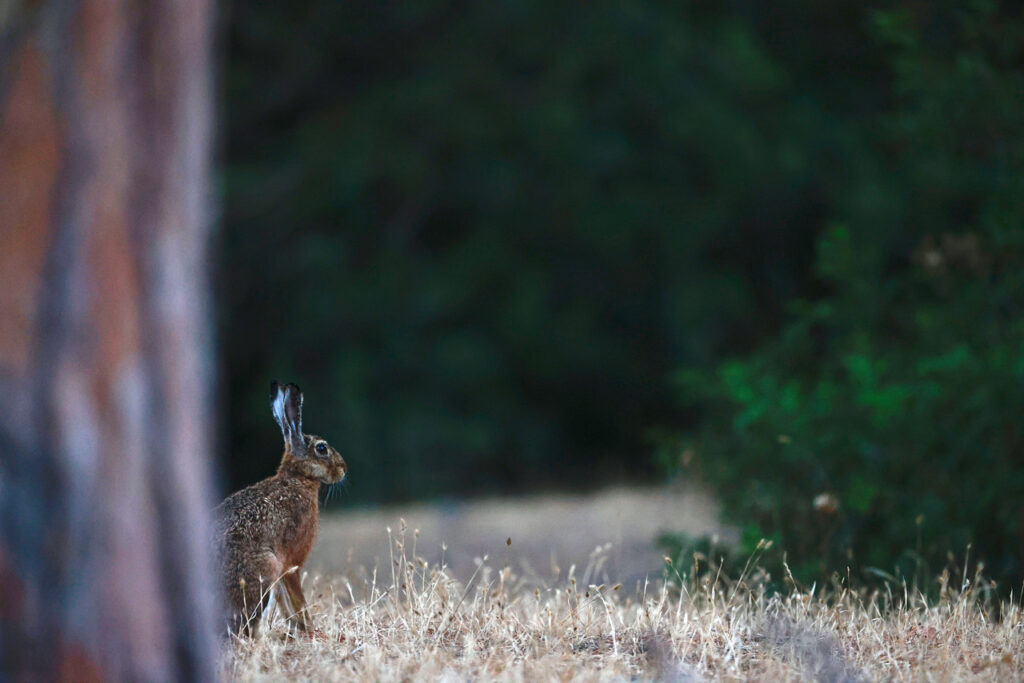An artificial environment
A sea of evergreen hair. This is how the six hundred hectares of pine forest between the Uccellina hills and the Ombrone river appear from the towers of Castel Marino or Collelungo, in turn only part of the pine forest system found on a good part of the lower coasts of the Maremma.
All these pine forests are not actually natural, because they were planted by the Lorenas, grand dukes of Tuscany, starting from the second decade of the nineteenth century. The stone pine itself does not belong to the Italian flora, but is a species imported from the Near East in Roman times. And perhaps the maritime pine, which replaces it in the area closest to the sea, is not even Italian.
Even the plain in which it was planted is somewhat artificial. It is in fact formed by sandbars accumulated between the early Middle Ages and the end of the nineteenth century by the floods of the Ombrone, particularly loaded with sediments due to the deforestation of the inland regions through which the river flows.
The pine economy
In short, the pine forest was born as a “pine plantation” to exploit the land near the sea, not suitable for agriculture and at the time rich in marshes and swamps. The pine helps to reclaim the soil because it draws up a lot of water with its roots and disperses it into the air, but it was also believed that it served to “balmize” the air and therefore fight malaria. Before the discovery of plasmodium, the responsible microorganism, it was thought that the disease was due to poor air quality.
The main reason for the plant, however, was the production of pine nuts, rich in proteins and therefore very precious in an era in which food was chronically scarce.
For the two centuries that it was managed as a plantation, the pine forest looked very different from today. Dozens of specialized workers, the “pinottolai”, kept the undergrowth clean by regularly uprooting the bushes that tried to colonize it, and regularly eliminated diseased trees. Many other seasonal workers moved here during the winter to collect cones (what we commonly call “pine cones”). The pine workers climbed the trees with crampon shoes and made the cones fall with long sticks. These were collected and taken to Principina, where they were placed on large threshing floors awaiting the summer, when they opened with the heat.
The return to nature
During the last years of the twentieth century, the productive management of the pine forest came to an end, and nature began to regain the upper hand. The undergrowth has been largely reconquered by the plants of the Mediterranean scrub which had been removed at the time to make room for the pines, and today it appears dotted with large bushes of mastic, juniper, phillyrea, myrtle and buckthorn, among which there are small very green clearings between autumn and spring. Ivy, wildflowers, honeysuckle and honeysuckle often climb on their trunks.
Thanks to more diversified vegetation, an equally rich animal community is being structured. Even if it is not always easy to see them, because they are mainly nocturnal, foxes, porcupines, badgers, wild boars and fallow deer live in large quantities in the Grand Ducal pine forest, together with some wolves, as can be deduced from the many “trottoi”, the little paths used by the animals to move . Maremma cows graze in the undergrowth, fulfilling the ecological role played by the aurochs, a now extinct wild bovine, in the ancient Mediterranean forests, while squirrels are common on the pine branches.
Especially in the very first hours of the day, a large community of birds is also active in the pine forest: jays, wild doves, wood pigeons, finches, cuckoos, magpies, nightingales. A special role is played by the green woodpecker, in whose burrows dug into the highest branches of the pines and abandoned are nested by scops owls, rollers, hoopoes, starlings and great tits. While the hobbies, from above, try to capture any type of prey.
The future of the pine forest
The pines of the Grand Ducal pine forest are not very tall, despite their advanced age, a sign that the soil into which their roots sink is not very fertile. They also find themselves competing with the plants of the Mediterranean scrub for water, which is becoming scarcer with climate change. Due to the attack of a parasitic insect, the American conifer bug, pine trees have been producing very few pine nuts for some years, which prevents their natural renewal. The pine forest planted by the Grand Dukes of Tuscany is therefore changing, and in the absence of human interventions it is probably destined to disappear within a few decades. It could be replaced by dense Mediterranean scrub, and then perhaps a new forest of holm oaks and cork oaks in the drier areas, and in the wetter ones with holm oaks and other species, such as ash trees.
Even on the sea side, the erosion of the mouth of the Ombrone has led in the last fifteen years to the salinisation of the aquifer, which in the north-western corner of the pine forest has led to the rapid death of the trees, replaced by herbaceous plants resistant to salinity. Even the maritime pines are disappearing, as throughout the coast, also due to attacks by a scale insect.
But the pine forest also has historical and landscape value. For this reason, the forest management plan of the Tenuta di Alberese provides for the planting of new pine trees and the cleaning of the undergrowth where the old plants have completely dried out over the next fifteen years. We’ll see. Nature’s times, especially when it comes to trees, are much slower than those of men.
WHAT TO KNOW
WHERE TO GO

